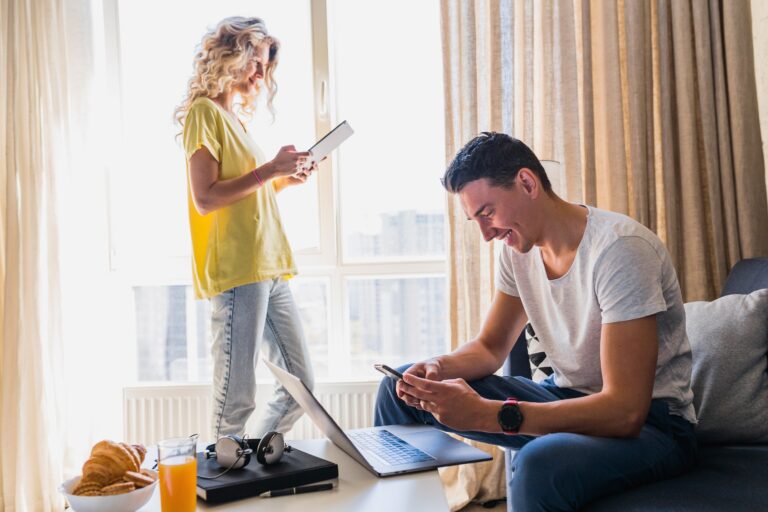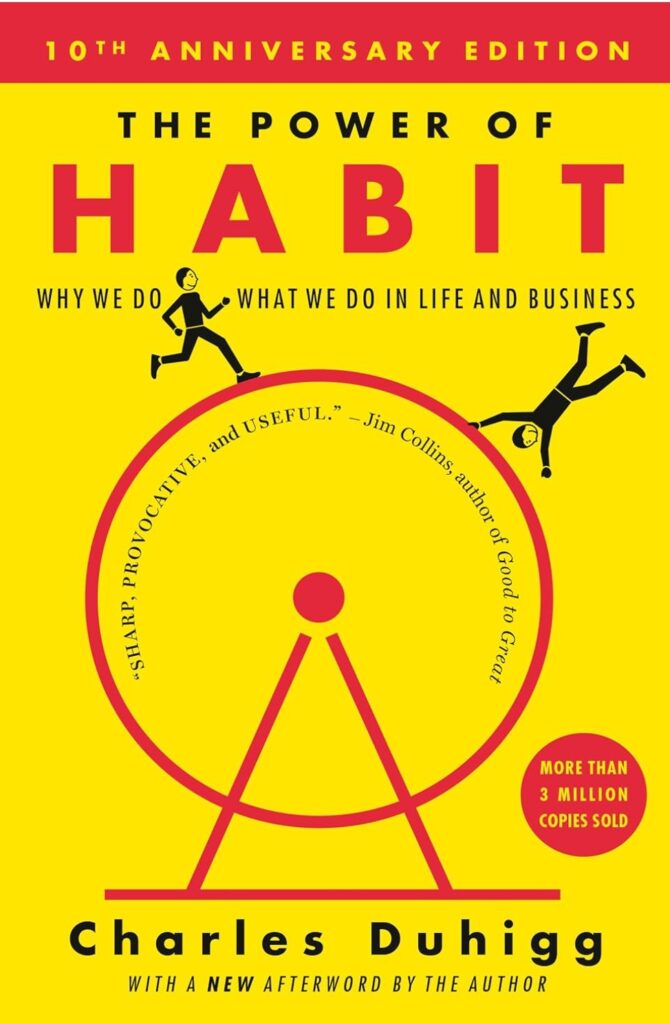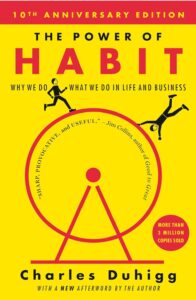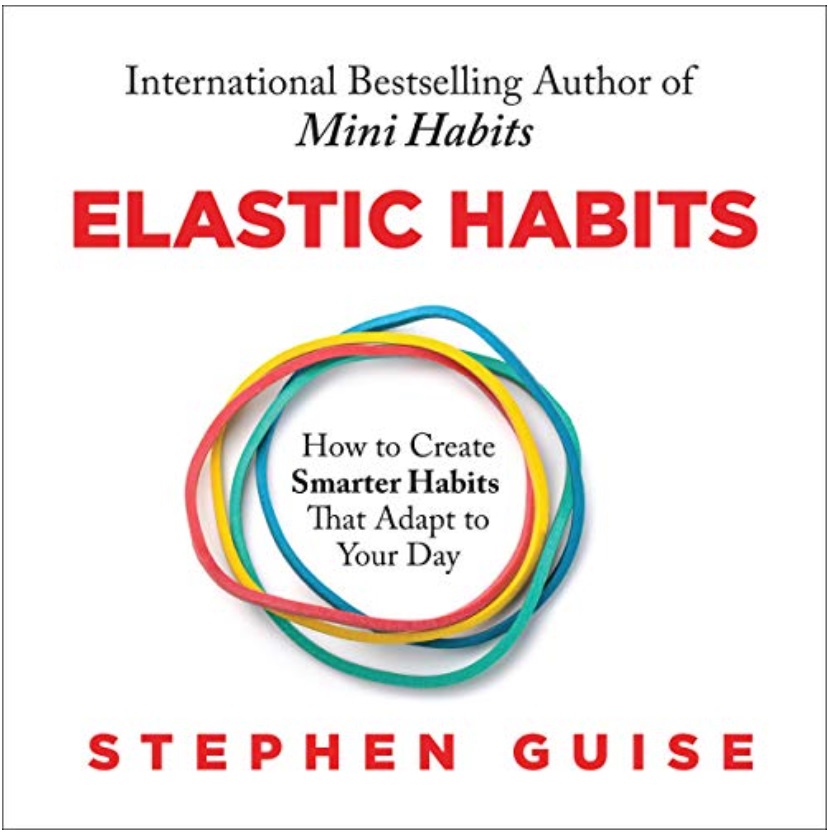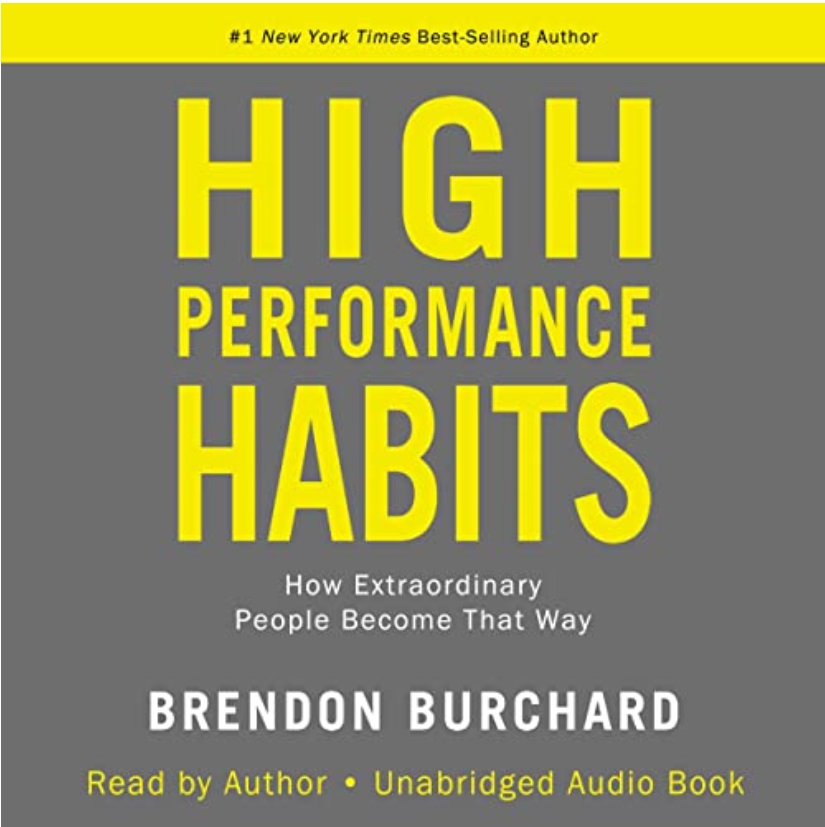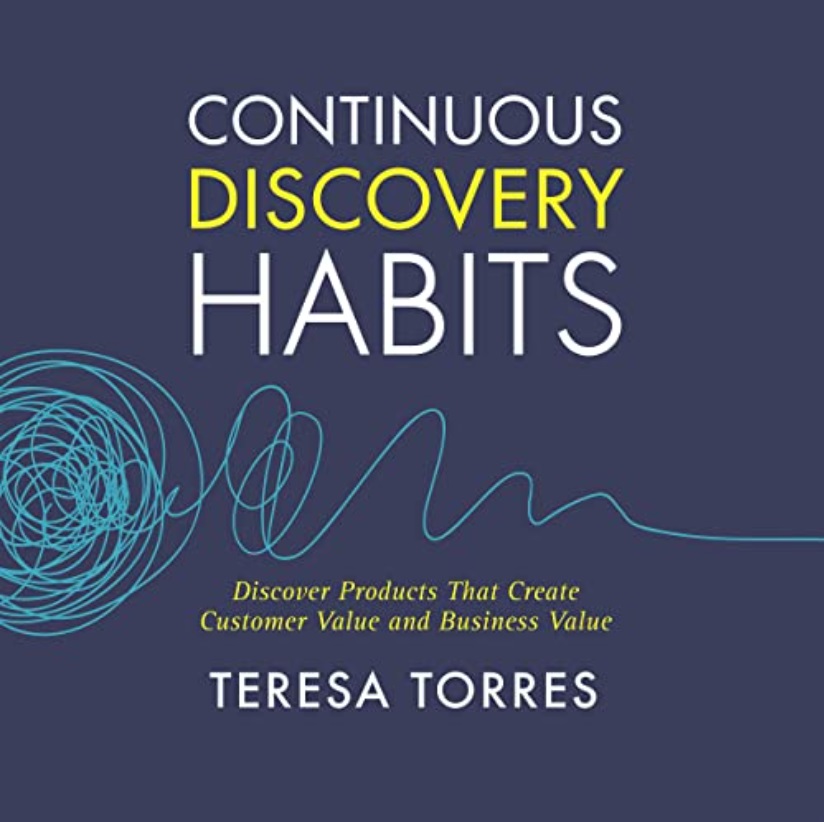KEY POINTS
- Implement structured screen time limits using tracking apps to develop awareness and control over digital usage habits.
- Establish specific areas and times where no devices are allowed to encourage engaging in physical and creative activities without screens.
- Be intentional with screen use by selecting quality content and taking regular digital detoxes to maintain mental focus and enhance real-life interactions.
Screens are all around. The number of them increases constantly. And they’re addictive. Games, apps, news, social media. We just can;t get enough.
It’s so easy to find ourselves glued to screens for the better part of the day, evening and well into the night.
Whether it’s for work, entertainment, or social connection, the digital world offers endless streams of information and interaction.
However, excessive screen time can have significant drawbacks on our physical and mental health.
Through my years of striving to develop healthier lifestyle habits, both for myself and others, I’ve discovered effective ways to limit screen time and increase quality of life.
Table of Contents
ToggleUnderstanding the Impact of Excessive Screen Time
Before we can effectively reduce screen time, it’s important to understand why it’s necessary. Excessive exposure to screens can lead to a range of adverse health effects.
Physical Health Risks
From what I’ve gathered in my experience, sitting for long hours can increase the risk of obesity, cardiovascular disease, and other metabolic issues.
It’s also been my secret weapon to remind myself that screen time often contributes to poor posture and back pain, which I’ve personally felt and worked to mitigate.
Mental Health Concerns
I’ve seen firsthand how too much screen time can lead to increased feelings of anxiety and depression.
It can disrupt sleep patterns, reduce face-to-face interactions, and lead to a pervasive sense of disconnection.
Impact on Eye Health
Extended screen time can lead to digital eye strain, characterized by dry eyes, irritation, and difficulty focusing.
From what I’ve experienced, taking regular breaks using the 20-20-20 rule (every 20 minutes, look at something 20 feet away for 20 seconds) helps alleviate some of these symptoms.
Disruption of Sleep Patterns
Excessive screen use, especially before bedtime, can interfere with the natural production of melatonin, the hormone responsible for regulating sleep.
I’ve found that avoiding screens an hour before sleep improves my sleep quality significantly.
Reduction in Physical Activity Levels
High screen time often correlates with a sedentary lifestyle. In my years of working on personal health, I’ve seen how this can lead to decreased physical fitness and associated health problems like obesity and metabolic syndrome.
Cognitive Impacts
There is growing evidence that excessive screen time may affect cognitive development and function.
I’ve learned from various studies and expert opinions that prolonged periods of rapid image changes can shorten attention spans and impair the ability to focus on less stimulating tasks.
Understanding these impacts can motivate us to take meaningful steps toward reducing our screen time and improving our overall health and well-being
Strategies for Reducing Screen Time
Cutting down on screen time doesn’t have to mean drastic changes. Small, manageable adjustments can lead to significant improvements in your lifestyle.
Set Clear Limits
Setting specific limits on screen time has been crucial for me. I’ve personally tested techniques like using apps that track and limit my usage. This helps create awareness and control over the time spent on screens.
Establish Tech-Free Zones
I’ve found that establishing areas in my home where no devices are allowed, like the dining room and bedroom, significantly enhances the quality of my personal and family time. This separation helps in associating these spaces with relaxation and connection.
Prioritize Physical Tasks
Incorporate more physical tasks into your daily routine that don’t require screen usage. For example, opting for manual methods in cooking, cleaning, or organizing rather than relying on digital devices can reduce screen time and increase physical activity.
Establish ‘Screen Sabbaticals’
Periodically plan days where you go completely screen-free. These can be particularly effective if scheduled during weekends or holidays. I’ve personally found that these breaks rejuvenate my mind and reduce my dependence on digital devices.
Use Technology Intentionally
Make a conscious decision to use technology only when it adds genuine value to your activities. I’ve started asking myself whether the technology is serving a specific purpose or if I’m just using it out of habit.
Change Notifications Settings
Modify your device settings to limit non-essential notifications. By reducing the number of times your devices demand your attention, you can decrease the urge to check them frequently. I’ve done this for all apps that don’t require immediate attention, keeping the alerts to a minimum.
Create a Night Routine
Develop a pre-sleep routine that involves relaxation without screens. Activities like reading a physical book or journaling can help signal to your body that it’s time to wind down, making it easier to avoid screens.
Educate Yourself on Screen Time Impacts
Learning about the negative effects of excessive screen time can motivate you to cut back. I’ve attended workshops and read articles on this topic, which have helped reinforce my commitment to reducing screen time.
Engage in Face-to-Face Interactions
Make a deliberate effort to replace some of your digital communications with face-to-face interactions. I try to meet friends and family in person as much as possible, which naturally reduces screen time and strengthens relationships.
By integrating these additional strategies into your daily routine, you can manage your screen time more effectively, leading to a healthier, more balanced lifestyle.
Creating Healthy Alternatives to Screen Time
Replacing screen time with healthier activities is essential for making this transition sustainable.
Engage in Physical Activities
I’ve tried to replace some of my screen time with physical exercise, such as walking, yoga, or cycling.
This not only reduces sedentary behavior but also boosts endorphins, improving both physical and mental health.
Cultivate Hobbies
Picking up a hobby that doesn’t involve screens, like reading, cooking, or gardening, has been an effective strategy for me.
These activities provide a productive break from screens and enrich your personal skills and satisfaction.
Outdoor Adventures
Spending time outdoors, whether it’s hiking, cycling, or just a walk in the park, is a fantastic way to reduce screen time. The natural light and scenery can be incredibly refreshing and rejuvenating.
I’ve found that regular outdoor activities help reduce my craving for screen-based entertainment.
Art and Craft Activities
Engaging in creative activities like painting, knitting, or DIY home projects can be a fulfilling way to spend time. These activities not only keep your hands busy but also boost mental health and cognitive functions by stimulating creativity.
Volunteering
Giving back to the community by volunteering can provide a meaningful alternative to screen time. Whether it’s helping out at a local food bank, tutoring students, or caring for animals at a shelter, volunteering provides a sense of purpose and connection.
Mindfulness and Meditation
Practicing mindfulness or engaging in meditation can be a peaceful retreat from the digital world. These practices not only help in reducing screen time but also improve your mental clarity and stress management.
I’ve incorporated short meditation sessions into my daily routine, which help center my thoughts and reduce the urge to reach for my phone.
By incorporating these activities into your routine, you can significantly cut down on unnecessary screen time, leading to a healthier, more balanced lifestyle.
Maintaining Balance and Mindfulness
Finding a balance in our digital consumption is key to a healthy lifestyle. Being mindful about how and when we use our devices can lead to more intentional and fulfilling interactions with technology.
Mindful Consumption
I’ve learned to be more selective about the content I consume. Choosing quality over quantity ensures that my screen time is meaningful and adds value to my life, rather than just filling time.
Making Time for Digital Detoxes
Regularly scheduled breaks from digital devices help recalibrate your focus and reduce dependency. I’ve personally used weekend detoxes to great effect, using this time to reconnect with nature and loved ones.
Regular Self-Reflection
Regularly take time to reflect on your screen habits and assess how they affect your daily life. I’ve found that keeping a journal where I note my screen usage and how I feel afterwards provides insights that help me adjust my habits for better balance.
Setting Intentions for Screen Use
Before you start your day, set clear intentions for how you plan to use your screens. Decide what you want to achieve with your digital devices, and stick to this plan. This practice helps prevent aimless browsing and makes screen time more purposeful and fulfilling.
Developing Non-Screen Based Communication
Focus on strengthening communication that doesn’t involve screens. Engage in more face-to-face conversations, write letters, or make phone calls instead of texting. These forms of communication can enhance your relationships and reduce your reliance on digital screens.
By incorporating these strategies, you can foster a more mindful approach to screen use, ensuring that your digital habits support a balanced, healthy lifestyle.
Conclusion
Limiting screen time is an essential part of fostering a healthy lifestyle in the modern world. It’s about making more mindful choices, prioritizing physical and mental health, and reconnecting with the world around us.
Through my work and personal journey, I’ve found that reducing screen time not only improves physical and mental health but also enhances overall life satisfaction. Start small, be consistent, and find what works best for you to create a balanced approach to screen use.

